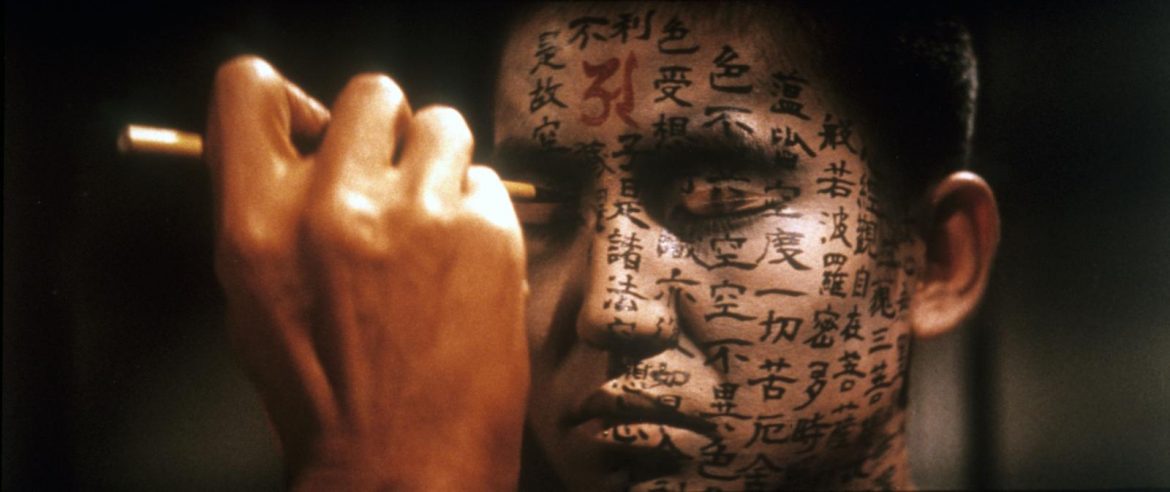It’s October. There’s a crispness to the autumn air, the falling leaves crunching underfoot, the smell of the first fires of the year issuing from neighborhood hearths as Halloween approaches, bringing with it all of the ghouls, goblins, and other horror figures that emerge from the shadows of the season.
Of course, I live in California, so almost none of that applies. It’s actually kind of hot, we’re still in the midst of a historic drought, and the only fires burning are devouring the Santa Cruz mountains and eight other locations across the state. Meanwhile, the garbage fire of electoral politics burns abated.
All of which is terrible. Let’s watch some of those horror movies.
For the past few years, folks in various internet enclaves have devoted the month of October to a challenge some have called Hoop-Tober (after horror movie maestro Tobe Hooper). Rules seem to have varied since its inception, but the essential idea is the same: to watch a whole bunch of horror movies, usually 31 for the month.
This year, I’m giving it a go, and will write up some brief reviews here (as well as on Letterboxd, where my master list resides). Here are the criteria:
- 7 films from franchises (mix-and-match, or the same. 7 total)
- 6 countries
- 5 decades
- 5 films from before 1970
- 5 films from the following: Bava, Argento, Lenzi, Fulci, Henenlotter, Romero, Stuart Gordon (mix-and-match, or all one)
- 3 crazy animal movies
- 1 silent
- 1 original film and its remake (Evil Dead, Frankenstein, Halloween etc..)
- 1 Classic Universal horror
- 1 Stephen King adaptation (in tribute to Stranger Things)
- 1 Film with a witch/witchcraft
- 1 Tobe Hooper Film
In addition, I’ve added that these all be first-watches, for my own edification and because I’ve never encountered a list-based challenge I couldn’t further complicate.
You’ll notice that these criteria assume some overlap, since the tally exceeds 31. Still and all, I’ve included a different film to satisfy each; if I fail to hit that tally, then I’ll hastily reconfigure things at month’s end, like a college undergraduate trying to argue that, in some ways, that physics course should count toward a philosophy degree. We’ll see how it goes. The point is not to get a Horror Professorship, anyway. The point is to watch new films from a genre I adore. Let’s do this.
We’re four days into the month, and I’ve watched five films from the list. This is going to be so easy! (Ed. note: The author was immediately eaten by a ghost and/or witch.)
Abbott and Costello Meet Frankenstein (classic Universal horror, 1948, before 1970, U.S.)
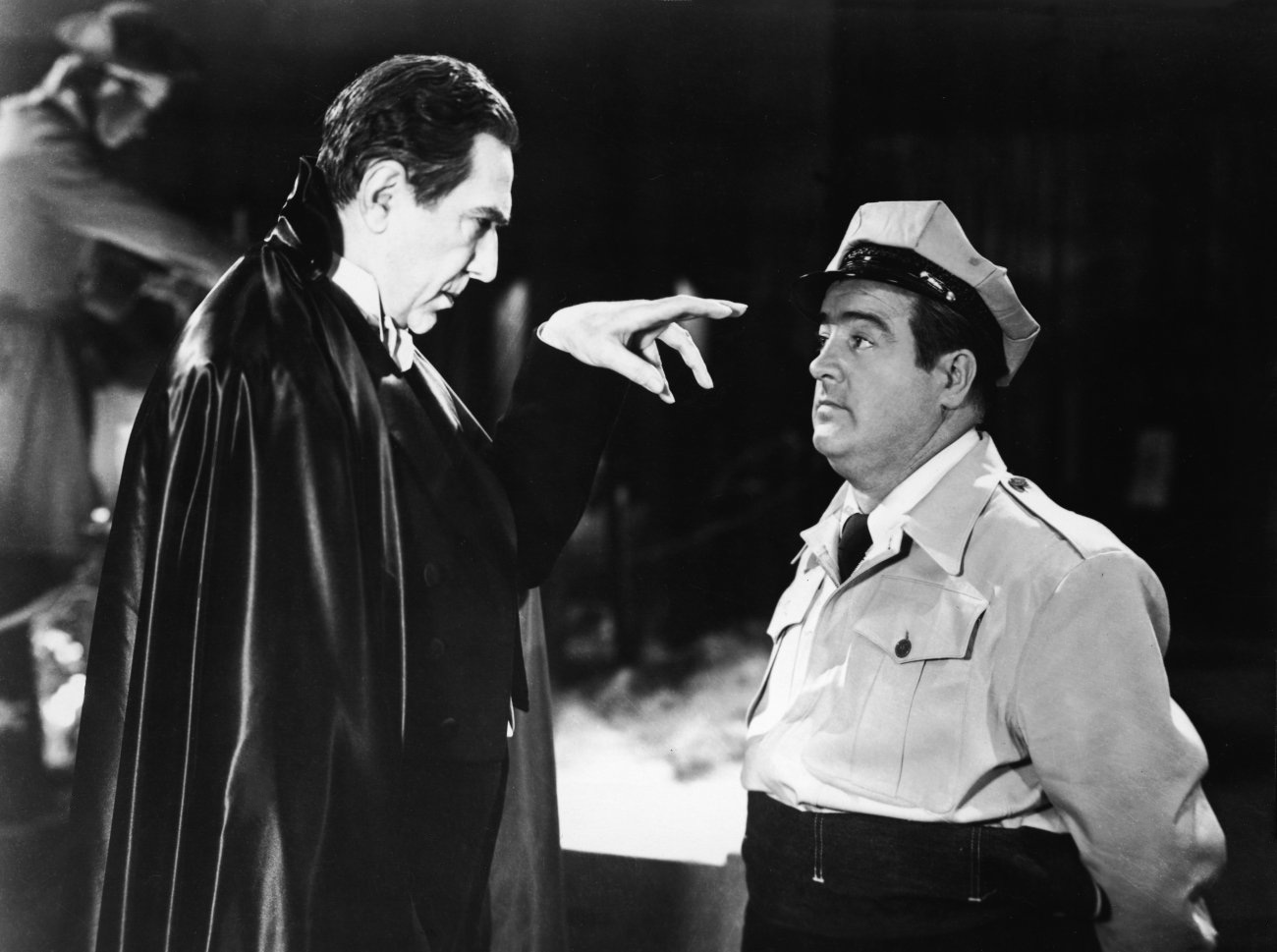
Whether celebrated as a good-natured send-up of beloved horror icons or derided as a cheap set of gags rendering previously terrifying figures too goofy to take seriously, this was Abbott and Costello’s most profitable venture. It would hold up better as a “horror-comedy” if it were a bit scarier or funnier, but it has its moments.
Even without much familiarity with their other work, it’s obvious the comic duo at its center have honed their schtick to an effortless art, believably riffing off each other’s character in fitfully amusing ways. (Though Costello reportedly hated the script, at least initially.) Lon Chaney Jr., Bela Lugosi, and Glenn Strange all show up to reprise their roles as (respectively) Lawrence Talbot/The Wolfman, Dracula, and Frankenstein’s Monster.
Plopping these horror actors into a formulaic comedy never really seems to work, but everyone on screen is game to give it a go, and there are some laughs to be had. Scares? Not so much. This is a movie for kids, with a few meta-winks thrown in for the older fans. It’s so slight it doesn’t seem worth getting excited about, in its favor or against. A friend, who writes over at Swampflix, compared it to The Monster Squad, which seems exactly right.
Exorcist II: The Heretic (franchise, 1977, U.S.)
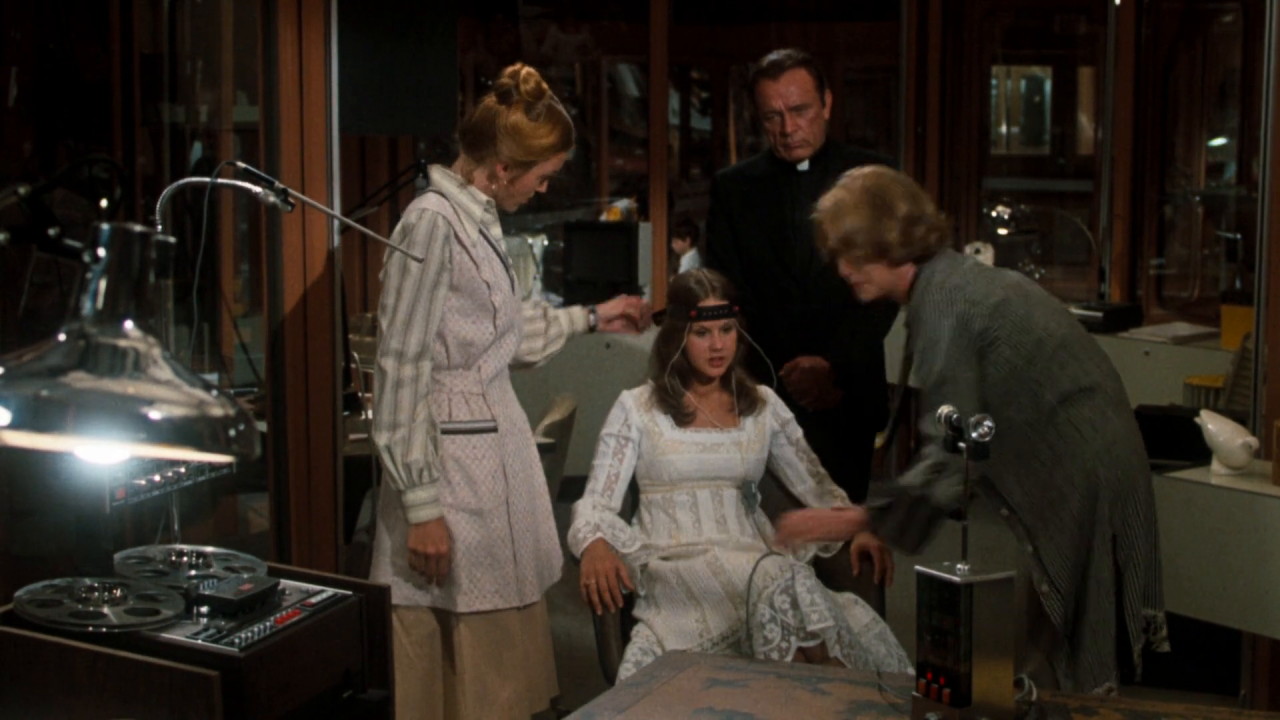
Routinely described as one of the worst sequels of all time, John Boorman‘s 1977 follow-up to William Friedkin‘s horror sensation is … pretty bad, indeed.
Focusing on a teenage Linda Blair, her psychiatrist (played by Louise “Nurse Ratched” Fletcher), and the hammiest Richard Burton who ever hammed, Boorman’s film gets lost down a rabbit hole of hypnosis, repression, flashing lights, mind-melds, and an odd fixation on locusts that comes to its inevitable conclusion when James Earl Jones shows up, dressed as a man-bug. It’s that kind of movie.
The Catholic dread of the original is replaced by the more general, “otherworldly” spookiness of African shamanism and New Age charlatans. Blair delivers her lines in a weird, singsong cadence, often with a distant smile on her face; she seems to be under hypnosis — or possibly on really good acid — even at the very moments she ought to be frightened. It’s very strange.
In fairness, Boorman does shoot the Africa sequences well, probably because something is happening in the frame, which is often helpful to a filmmaker. Beyond that, it’s Burton declaiming, Blair smiling vacantly, Nurse Ratched dismissing the supernatural as silly while advocating for strobe-light hypnosis, and a man-bug. The Exorcist II is not the worst movie ever made, but it’s not the best.
Kwaidan (1964, before 1970, Japan, witch/witchcraft)
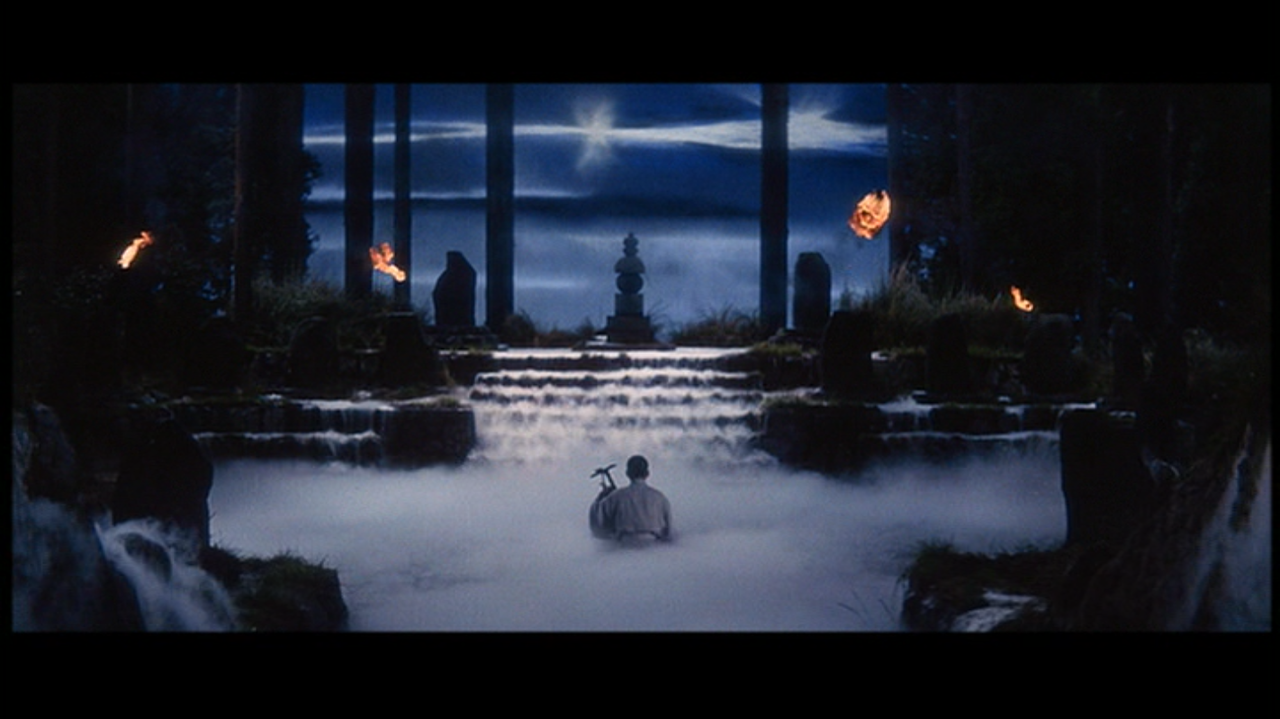
Masaki Kobayashi’s ravishing, four-story anthology won the Special Jury prize at the 1965 Cannes Film Festival, and has been on my to-watch list forever. Its celebration at Cannes is no real surprise: this is an art film trafficking in ghost story tropes, a point underscored by its fractured narratives and moments of silence.
I couldn’t agree more with Matthew Dessem’s typically astute analysis: focused more on the weird than the terrifying — and delivering two excellent tales, one near-miss, and one that simply doesn’t work in the end — Kwaidan is still never less than unsettling and visually gorgeous, while Tôru Takemitsu‘s score keeps the viewer intrigued and off balance.
Paranormal Activity: The Marked Ones (franchise, 2013, U.S., witch/witchcraft)
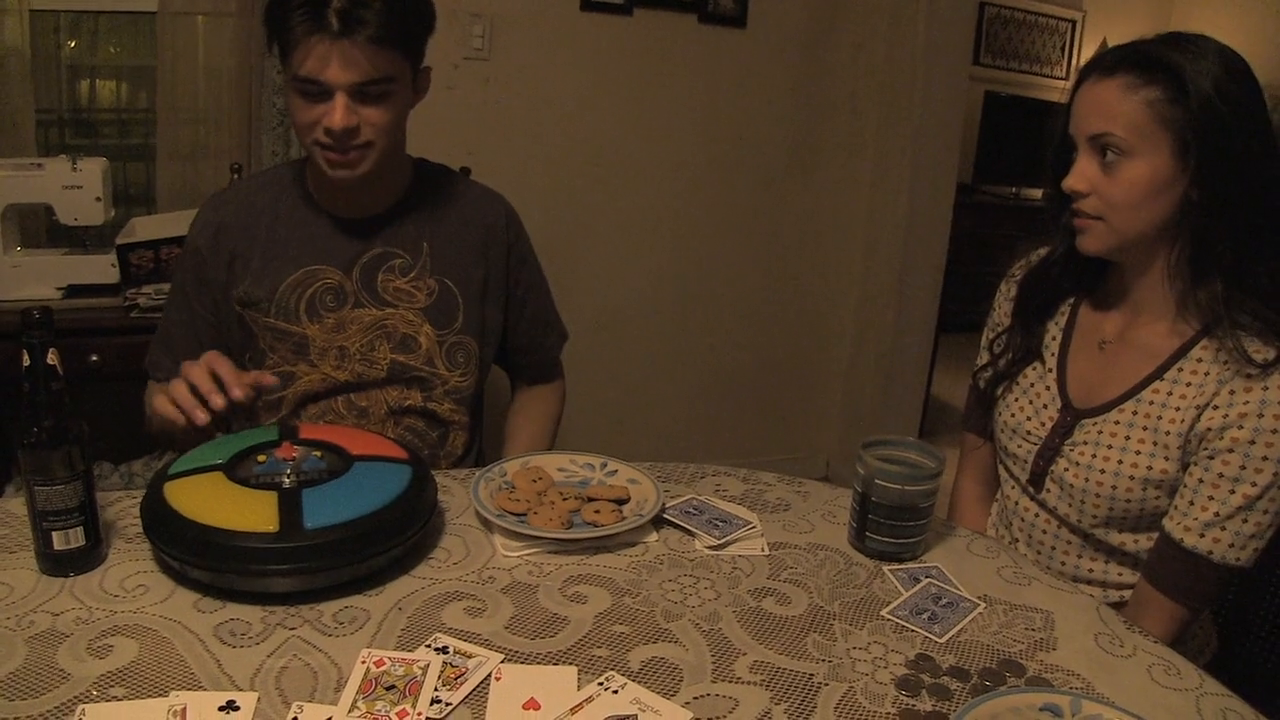
After The Blair Witch Project briefly freaked everyone out in 1999 and its found-footage descendant Paranormal Activity became one of the most profitable movies in cinema history 8 years later, it’s been a rocky road for the found-footage conceit. Regularly declared dead by critics and fans alike, it’s shown a stubborn longevity, not least because the economics of making these movies are so appealing. The consequence, though, has been diminishing returns — the jump scares we’ve already seen, the increasingly glaring continuity errors, the lingering question of who did all the editing on this “found footage,” and the dashed-off, cash-grabbing scent many of the worst found-footage movies emit.
I hadn’t heard much in favor of The Marked Ones, except from contributor Liz Lerner, who I believe described it as “okay.” That seemed good enough for me, and you know what? The Marked Ones is better than ok! It’s actually, for 2/3 of its running time, pretty scary.
Set in a believable Oxnard, CA, with an almost exclusively Latino cast, The Marked Ones moves us away from the increasingly boring white suburbs of the earlier Paranormal Activity entries. In franchises, this usually signals a risky move, but it works here, reinvigorating the whole conceit. The central trio of teenagers are charming and recognizable, the invocation of both Catholic and animist anxieties feels real, and there is plenty of tension throughout the narrative. If the witchy payoff is a little silly, The Marked Ones still maintains a sense of heightened dread for most of its running time.
Inundated with goofball travesties as examples, we are increasingly forgetting just how much of an innovation the found-footage idea really was. The voyeurism and danger of the camera had been explored in horror for years, certainly since Hitchcock and Powell’s Peeping Tom (not to mention earlier, terrible iterations like Cannibal Holocaust).
But this is a particular kind of narrative that assumes the ubiquity of recording devices in our lives. From home videos to selfies to Snapchat, we mediate our world like shitty filmmakers, and found-footage is there to register this — the idea that, as we pan to the left, we might catch a glimpse of something horrifying that’s been staring right at us.
There are very bad, very illogical varieties of this out there. Paranormal Activity: The Marked Ones is better than most.
Wes Craven’s New Nightmare (franchise, 1994, U.S.)

Like The Marked Ones, Wes Craven’s New Nightmare also went out of its way to diverge from the entries that preceded it. Although in this case, it wasn’t by expanding the focus to new protagonists but by returning to earlier ones.
Two years before he cornered the market on meta-horror-comedy with Scream, Wes Craven closed the book on his iconic Freddy Krueger with New Nightmare. The entire narrative rests, somewhat shakily, on the idea that the antagonists of our dreams continue to live on while their stories are told, and so new stories must be told to put them to rest.
For Wes Craven’s New Nightmare, this means the creation of a film starring Heather Langenkamp (from the original and from Nightmare on Elm Street Part III: Dream Warriors) as herself, an actress grappling with the intrusion of the fictional murderer into her “real” life. Craven himself is on hand (and in the title) as the screenwriter pulling the strings, as are Robert Englund and John Saxon. Things get increasingly murky.
New Nightmare is a film of ideas, many of them smart. Though there are scares, it’s more a film concerned with the effect of horror, and not just on audiences (the usual didactic criticism). In a way, the film becomes Craven’s meditation on any creator’s relationship to the things she introduces into the world. In its early moments, we focus on the iconic spiked glove, and some of the men who are assembling it for a production. The sense of a Frankenstein’s monster that this conveys is no accident. What will happen when the horror we imagine becomes flesh?
That’s actually pretty scary. A lot scarier than Abbott and Costello, anyway.

